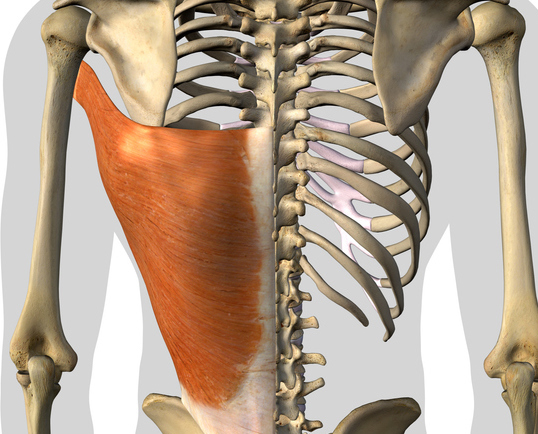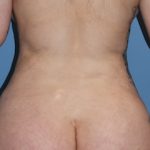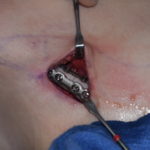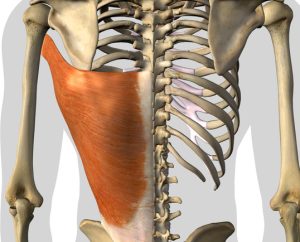
The traditional and majority of waist reshaping procedures are soft tissue-based removing either fat and skin. While this is all that most patients need some may benefit from deeper structural changes to the bone as well. Such lower ribcage modifications have long been rumored to exist but there was little evidence of them being done. In the past ten years that has all changed and a variety of rib procedures are now being performed by a handful of surgeons which fundamentally comes down to rib bending and rib removal. Each approach has its technical variations and it is not yet clear what the indications are for their use and what the aesthetic outcome differences are between them. But like all evolving surgical techniques more widespread clinical use will eventually make those issues more apparent.
In the February 2025 issue of Plastic and Reconstructive Surgery a paper on this topic was published entitled ‘Aesthetic Rib Cage Remodeling with Osteosynthesis: Body Structural High-Definition Reshaping (Rib Osteotomy with Osteosynthesis Stabilization). In this paper the authors looked at 27 patients over a 9 month period that had the free floating ribs (11 and 12) cut, bent inward and then plated through a small back incision on each side. An unidentified number of patients had other body contouring procedures as well such as high-definition liposuction and fat grafting. No postoperative corseting/garments was used other than that used for the liposuction-treated patients. Pre- and postoperative 3D CT scans was done to assess the change in the shape of the treated ribs.
Their results showed that the waist circumference reduced an average of 12 to 13cms and the hips were reduced from 6 to 8cms. Postoperative complications were few and were limited to wound dehiscence (1) and persistent pain. (1) Two before and after patients results were were shown to demonstrate the effects of the surgery. As a result the authors conclude that rib osteotomies with plate fixation are safe and effective for waist narrowing.
This is an important paper as it helps bring more into the mainstream the concept of structural rib modifications of the free floating ribs for torso shape reduction. In my opinion the authors have correctly concluded that the procedure is safe when done at ribs 11 and 12. The pleura is not that close to these ribs as it is rib #10 where one must be more careful in that regard. What you do have to be cognizant of is the posterior abdominal wall and the avoidance of creating a postoperative hernia…but this risk would be very low when leaving the rib bone in place.
Where I would differ with the statements in the paper is that the results shown are not possible with non-structural changes alone. (liposuction and fat grafting …aka BBL surgery) They have been many dramatic BBL results that can be seen all over the internet and in published papers so it is not accurate to say that the changes seen always require a rib modification component to be achieved. (Fig. 2 in the paper lacks proper before and after comparison from the back view as the waist narrowing effect is always enhanced with the arms raised at 90 degree compared to the preoperative picture with the arms down at the sides)
A more fair evaluation of the effects of rib osteotomy and plating would have be to just include those patients who have had it done as a stand alone procedure with similar before and after body positioning. There is no question the two procedures are synergestic in waist narrowing but the exact contribution of the structural change remains unclear. This is relevant when it comes down to cost and risks involved, or more simply, does the extra cost and surgery justify the effort.
Because the effects are not clear as the exact benefits of rib modifications this is why in my experience the vast majority of patients I see and treat for rib changes fall into two categories. These patients include those that have either been through the conventional treatments of BBL surgery and are searching for an even greater waist narrowing effect or are not candidates for conventional surgery due to lack of fat to harvest. This makes rib modification their only option and whatever result that get from it is worth it as that it is all they can do.
In this paper the authors are bending ribs inward using plate fixation but how does this compare to when they did not use plates fixation? (aka rib fracture method alone) There must be a reason that plate fixation is now espoused which can only be that it is more predictable than rib fracture and corseting alone. The risk of chronic non-union is lessened and the rib position is more controlled.
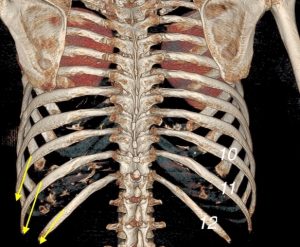
Dr. Barry Eppley
World-Renowned Plastic Surgeon

